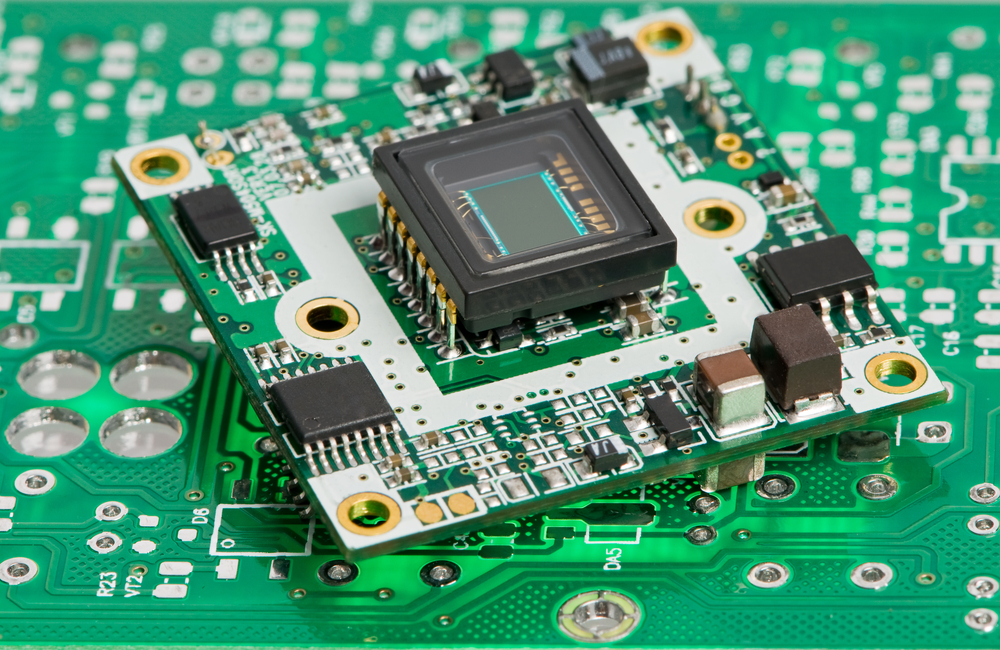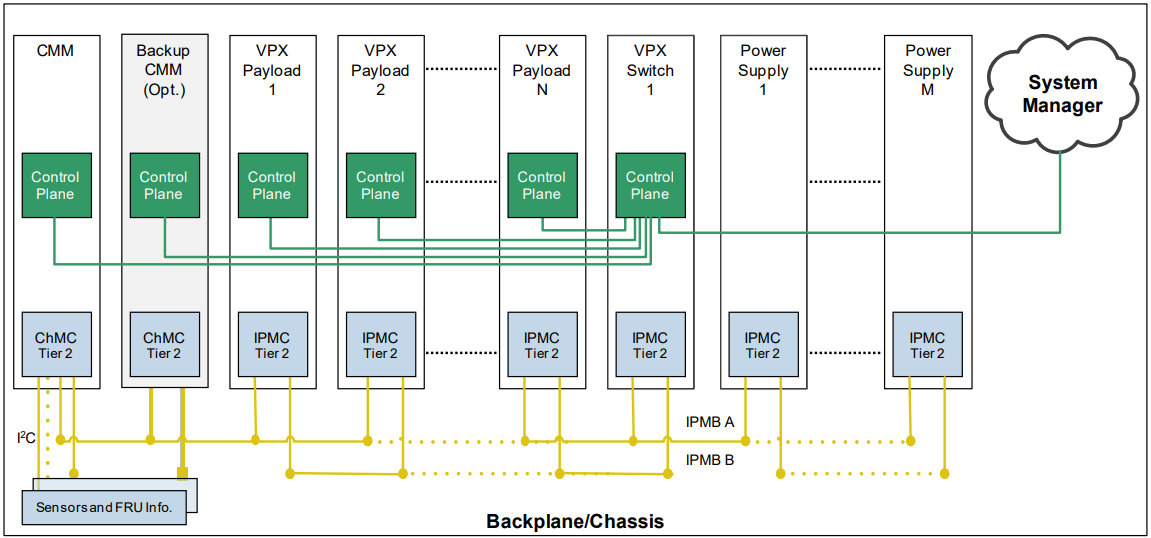The SOSA Standard: What PCB Designers Need to Know

Military electronics and hardware are described under a range of standards and acronyms, and it can be hard for the intrepid defense contractor to keep up. For embedded systems engineers, a major recent development that has focused on system-level design is modularity through standardization. Just like the computing industry has seen progressive adoption of standards, the military is taking the same approach to ensure interoperability between multiple vendors and to enable equipment reuse.
The goal of the U.S. Army CCDC’s (Combat Capabilities Development Command) C4ISR/EW Modular Open Suite of Standards (CMOSS) is to ensure the same type of interoperability for military embedded systems as we have in the private sector. The hope is to drive the embedded systems industry away from costly proprietary architectures in favor of COTS-based systems. Interestingly, the discussion on this first started about a decade ago, but now we have the US military and industry working together to establish standards on embedded products.
The Sensor Open Systems Architecture (SOSA) standard is part of this initiative to standardize interfaces and equipment to support sensing systems in military embedded systems. The SOSA standard aims to provide a comprehensive electrical, mechanical, and software architecture that enables integration and interoperability of sensing systems using a modular approach to embedded systems design. If that sounds like OpenVPX standards for backplanes, then you’re not far off… let’s look at these standards a bit deeper and see how PCB designers working in the industry will need to interact with them.
What is SOSA?
SOSA is a technical standard that aims to ensure interoperability between embedded computing sensor systems from different vendors. The goal is to develop COTS sensor technologies that can be easily integrated, repaired, or replaced in an existing system. This removes the dependence on parts from specific vendors. These ideas fall under a set of emerging military standards, called the Modular Open Systems Approach (MOSA), which encompasses an additional group of targeted interoperability standards.
SOSA is related to another modular embedded computing standard: OpenVPX. If the two sound similar, there is a reason for this as they are both intended to ensure interoperability.
OpenVPX vs. SOSA
Backplane designers are (or should be) familiar with OpenVPX; these standards form the basis of SOSA and emphasize a modular approach to backplane design for rugged embedded systems. It’s true that OpenVPS emphasizes modularity by creating an architecture that mixes multiple interfaces and media. RF, copper, and optical interconnects are mixed in the same system with a variety of data rates and frequencies. However, OpenVPX has been criticized as still being too vendor-specific, which becomes clear when you start looking at different systems requiring custom backplane designs.
SOSA limits single-board computer form factors to specific VITA profiles so they can be easily integrated into sensor platforms via an interoperable backplane. Some applications of SOSA-compliant systems include radar, electro-optic/infrared systems, SIGINT, electronic warfare, and communications, We can see the interoperability in these areas when we compare some board and system requirements under OpenVPX and SOSA.
|
|
|
|
|
|
|
|
|
|
|
|
|
|
|
|
|
|
|
|
|
|
|
|
One big difference between SOSA and the OpenVPX working group is that the Army, Navy, and Air Force sit on the SOSA board. Participation by members from all three branches aims to extend interoperability to these three major branches of the military. For board designers, this adds a layer to the standard backplane architecture, which we’ll see in the next section.
Designing to the SOSA Standard
The system architecture defined in the SOSA standard is similar to that in OpenVPX, but the high-level architecture is standardized in terms of how sensor interfaces are integrated into the backplane alongside daughtercards. The image below shows an example high-level architecture with a few critical elements within the SOSA standard:
- Power supply card: This can mount to the board in various ways for a 3U/6U OpenVPX backplane. In the SOSA standard, it’s defined as a card module compliant with VITA 46.11 standards.
- VPX switch: Provides functions analogous to a typical Ethernet switch, where data is routed between cards.
- System management: This is where configuration is set as part of the switch’s software/firmware.
- Payload card: Each payload card performs some specific function within the system, i.e., processing data, handling system communications, etc.

In this type of system, the interoperability comes from the daughtercard standardization under VITA 65 and the bus architecture on the backplane. Interfaces involved can be low-speed buses like I2C or high speed links like PCIe, multi-gig Ethernet, LVDS (SerDes), USB (possibly up to USB 4), or something else. Routing between cards still follows the same topology used in a typical OpenVPX backplane.
What happens on each card can get more complex. Communication between cards on the backplane should use common interfaces like those mentioned above. On a given card, any number of low-speed or high-speed interfaces may be present in order to interface with a sensor module via a standard backplane connector or with other components on the card. The design of a sensor module is another area that requires special attention within the SOSA standard. No matter how the design is put together, common interfaces as recommended in the SOSA standard help ensure interoperability between different components, regardless of vendor.
Where to Find the SOSA Standard
Thanks to military and industry collaboration on SOSA and other MOSA standards, OpenVPX designs will continue to be relevant. One should note that SOSA is not yet a final standard; The SOSA Version 1.0, Snapshot 3 draft is currently available from The Open Group and will remain a valid draft standard until June 30, 2021 or until the next major release, whichever is sooner.
Overall, this is a promising development for anyone who works on embedded military and aerospace hardware, or for anyone who wants to work in this area. The fact that these standards are open and ensure interoperability allows anyone to start developing products to fit within the SOSA architecture or its related standards. Interested designers should visit The Open Group’s SOSA downloads page to get the current Snapshot of the SOSA standard.
No matter which standards are governing your design, the PCB design tools in Altium Designer® give you everything you need to design to the SOSA standard. The native ECAD/MCAD design interface is ideal for complex layouts in backplanes, SBCs, daughtercards, and other rugged rackmount systems.
When you’ve finished your design, and you want to release files to your manufacturer, the Altium 365™ platform makes it easy to collaborate and share your projects. We have only scratched the surface of what is possible to do with Altium Designer on Altium 365. You can check the product page for a more in-depth feature description or one of the On-Demand Webinars.
